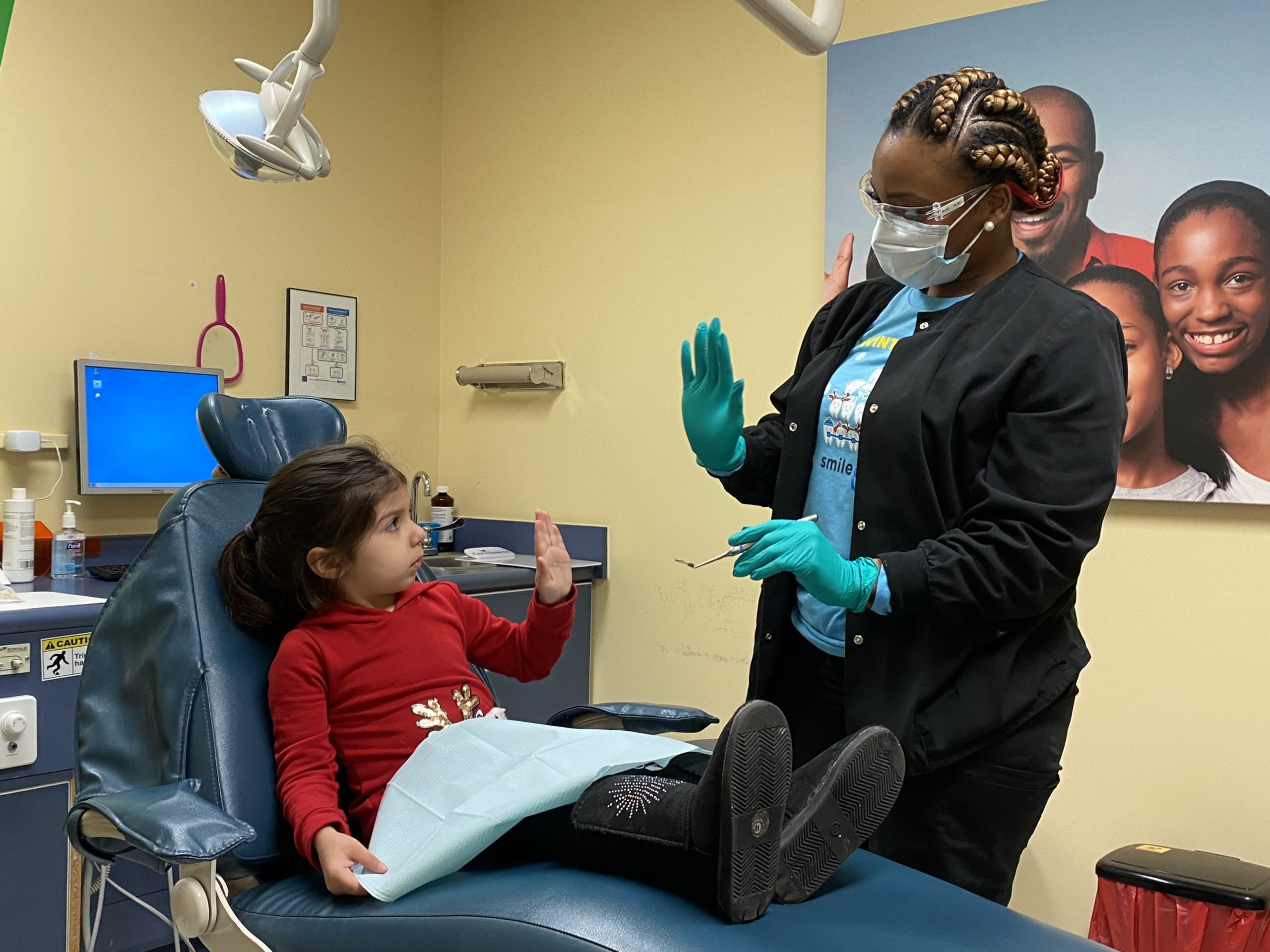
How Much Do Cavity Fillings Cost Without Insurance?
Cavities are not uncommon in children. If you suspect your child has a cavity, it’s essential you schedule an appointment with a dentist as soon as possible to halt tooth decay and prevent serious complications.
The cost of a cavity filling is a concern for many families. Even if you have dental insurance, your policy may not cover your child’s filling if it’s not deemed medically necessary and, in some cases, your insurance provider may only cover part of the cost.
If you’re worried about the cost of a cavity filling without insurance, Kool Smiles Kids Club can help. We have partner dentists across the country who accept Medicaid, TRICARE, CHIP (formerly SCHIP), and most major insurance policies. Kool Smiles’ partner dentists welcome families who don’t have insurance and make paying out-of-pocket more convenient by accepting a variety of payment types.
The Cost of Dental Fillings Without Insurance
Dental filling costs without insurance can vary. The total cost of your child’s treatment will depend on the severity of the cavity (or cavities), how many teeth need fillings, and which type of filling material you choose. The average cost of each type of filling, according to CostHelper, is:
- $50 to $150 for one to two metal (silver amalgam) fillings, and $120 to $300 for three or more.
- $90 to $250 for one to two tooth-colored resin fillings, and $150 to $450 for three or more.
- $250 to $4,500 for porcelain or cast-gold fillings, which are the most expensive options.
It’s important to note that these costs are just estimates. We recommend scheduling a consultation with a Kool Smiles Kids Club partner dentist for a precise quote.
What Will Affect the Cavity Filling Cost?
The total cost of a cavity filling is largely affected by the filling material. Other contributing factors include:
- The number of teeth that need fillings. While the cost of getting several cavities filled at once may not be as high as the cost of doing the same over several, separate appointments, each cavity demands a certain amount of time and filling material. More fillings cost more.
- The location of the cavity (or cavities). Some spots are more difficult to reach, making the filling procedure more complicated. If extra time and equipment are required, the cost could increase.
- The affected tooth’s function. Some teeth work harder. If the cavity is in a tooth that’s meant to chew tough foods, then the filling will need to be extra-strong. The quality of the filling can affect the price.
- Where you’re located. With or without insurance, routine procedures, like fillings, cost more in certain places.
- The dentist you choose. Not all dental offices are the same. Different dentists offer different payment options and have different rules about insurance.
What to Consider About Each Filling Material
Silver Fillings
Silver fillings have been around for more than 150 years. They typically contain some mixture of metals, including elemental mercury, silver, tin, and copper.
Some parents are concerned about the use of mercury in fillings. Typically, about 50% of a silver filling is liquid mercury. When it’s combined with the other metals in the filling, the liquid mercury stabilizes. Mercury, as a filling component, has the FDA stamp of approval.
Composite Resin Fillings
Powdered glass and acrylic resin bond together to create a compound that’s stronger than either of the elements would be on its own. Composite resin fillings are typically tooth-colored, so they’re much less noticeable than silver amalgam fillings.
Porcelain and Cast-Gold Fillings
These durable fillings can cost up to ten times more than metal fillings. They tend to last up to 15 years (or more), so they’re typically worth the initial investment.
Why Is It Important to Get Fillings?
Cavities only get worse with time. Without timely treatment, a cavity can spread so far that a root canal or tooth extraction is required. If you suspect your child has a cavity, seek advice from a dentist as soon as possible.
While you can’t reverse cavities, you can prevent them. Here’s what you need to know about how cavities form:

What Is the Cavity Filling Process Like?
At Kool Smiles Kids Club, we understand that receiving dental care can be scary for a child. Our partner dentists go above and beyond to ensure that every child feels good about going to the dentist. Your local Kool Smiles Kids Club partner dentist will walk you and your child through each step of the appointment, so there are no surprises.
The entire filling appointment typically takes about an hour. The first step is a routine physical examination where the dentist will assess your child’s overall oral health. In some cases, the dentist may recommend x-rays. Before starting the filling process, the dentist will use a local anesthetic to numb the area surrounding the tooth. Using a small dental drill, they’ll drill a hole into the cavity and fill it with your chosen filling material. The numbing agent may not wear off until well after you leave the office.
How to Protect a Cavity Filling
A cavity filling isn’t a permanent fix – it won’t last forever. There are steps you can take to preserve the filling for as long as possible.
When the cavity filling is new:
- Avoid solid foods until 24 hours after the procedure. The filling needs time to set.
- Resist eating or drinking anything until the anesthesia wears off.
- Consider taking a painkiller if eating is uncomfortable.
- Don’t eat foods or drink beverages that are extremely hot or cold.
- Skip sticky and hard snacks, like gum and popcorn.
- Try to chew away from the filled cavity.
- Keep an eye out for sensitivity that persists beyond four weeks. Contact your dentist if necessary.
In the long term:
- Limit sugary treats, which contribute to decay.
- Use toothpaste and mouthwash with fluoride.
- Mouthwashes with alcohol can speed up the deterioration of cavity fillings with long-term use. Choose a mouthwash without alcohol, if possible.
- Brush at least twice per day or after every meal or snack. Floss once per day.
- Combat teeth grinding. A mouthguard can help prevent the damage caused by grinding.
Routine visits with a dentist will help preserve a cavity filling. Dentists are trained to spot subtle issues and can fix them before they lead to serious problems.
No Insurance to Pay for a Cavity Filling? Kool Smiles Kids Club Can Help!
Quality dental care doesn’t have to break the bank. Kool Smiles Kids Club has a network of partner dentists who have flexible payment options to suit your budget. Our partners accept:
- Medicaid, TRICARE, CHIP (formerly SCHIP), and most major insurance policies.
- Cash, credit, and debit.
- CareCredit – a healthcare credit card that allows you to pay for your child’s treatment over time.
If you’re not sure which payment option (or combination of options) is best suited for your family’s unique situation, schedule a consultation with a Kool Smiles partner dentist. A member of the care team will work with you to find a payment strategy that works for you.
